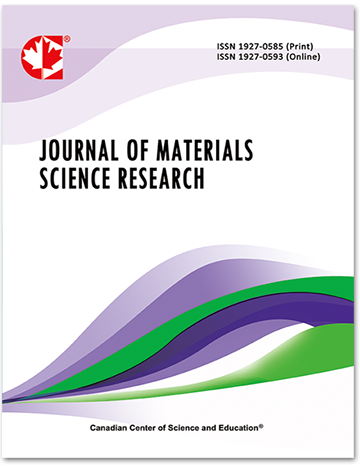Investigation of the Surface Defects in N-Channel MOS Transistors Under Long-Term Low-Dose-Rate Irradiation
- V. D. Popov
Abstract
Gamma-radiation is commonly used to study surface defects in MOS transistors. Early experiments show two stages of surface-defect formation in a MOS structure under low-intensity gamma irradiation (Popov & Vin, 2014; Popov, 2016). On the first stage the defect formation take place on interface Si-SiO2 from the oxide side. This process is described by an exponential dependence (Rashkeev et al., 2002). In the second stage “additional” surface defects are formed from the Si side. Radiation defects of silicon migrated to interface Si-SiO2 from the semiconductor.
The goal of this paper is investigation of surface-defect formation in a MOS transistor using the changing of surface electron mobility.
- Full Text:
 PDF
PDF
- DOI:10.5539/jmsr.v6n2p16
Journal Metrics
Impact Factor 2022 (by WJCI): 0.583
Google-based Impact Factor (2021): 0.52
h-index (December 2021): 22
i10-index (December 2021): 74
h5-index (December 2021): N/A
h5-median (December 2021): N/A
Index
- CAS (American Chemical Society)
- CNKI Scholar
- Elektronische Zeitschriftenbibliothek (EZB)
- EuroPub Database
- Excellence in Research for Australia (ERA)
- Google Scholar
- Infotrieve
- JournalTOCs
- LOCKSS
- NewJour
- PKP Open Archives Harvester
- Qualis/CAPES
- SHERPA/RoMEO
- Standard Periodical Directory
- Universe Digital Library
- WJCI Report
- WorldCat
Contact
- John MartinEditorial Assistant
- jmsr@ccsenet.org
